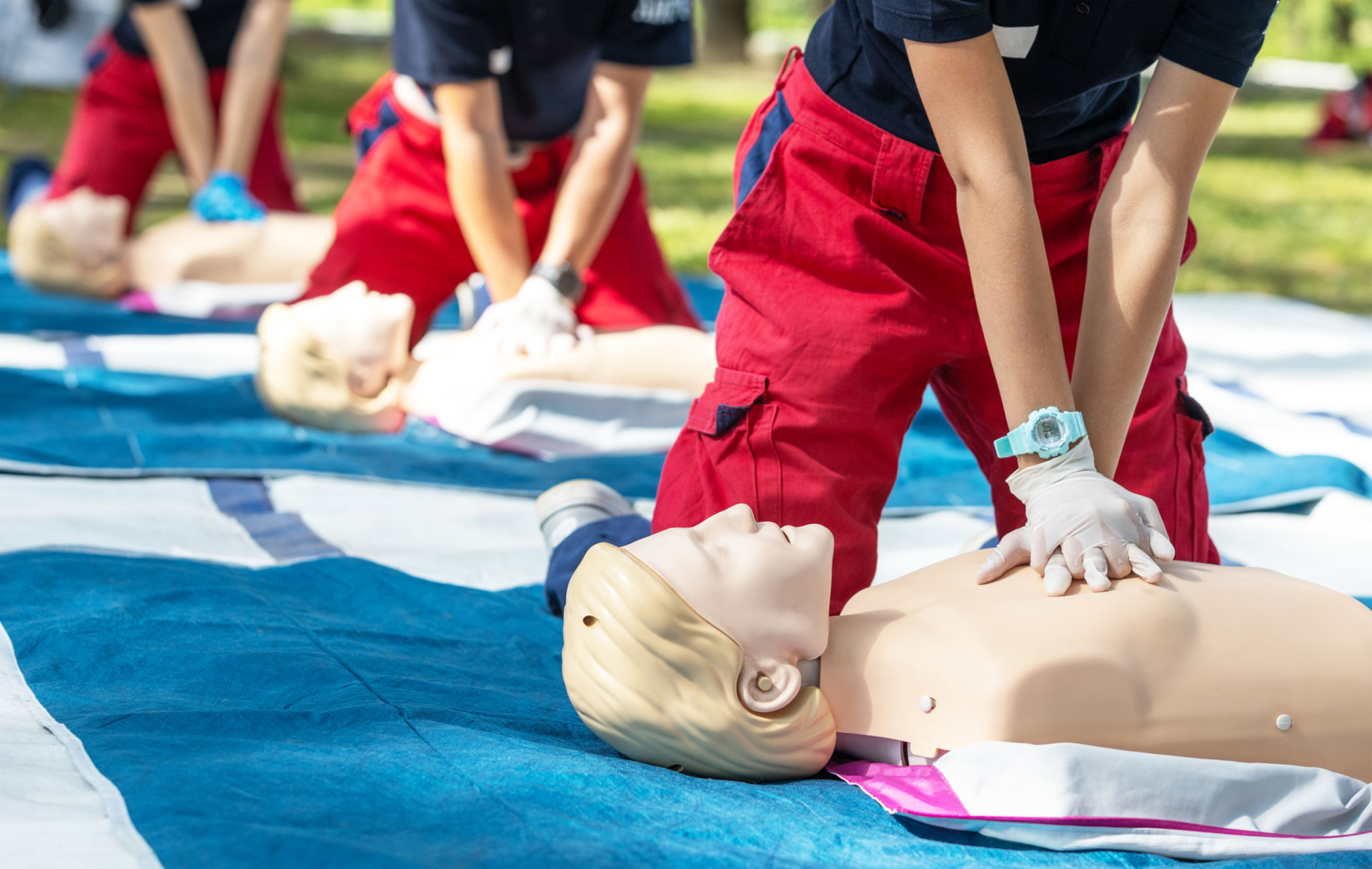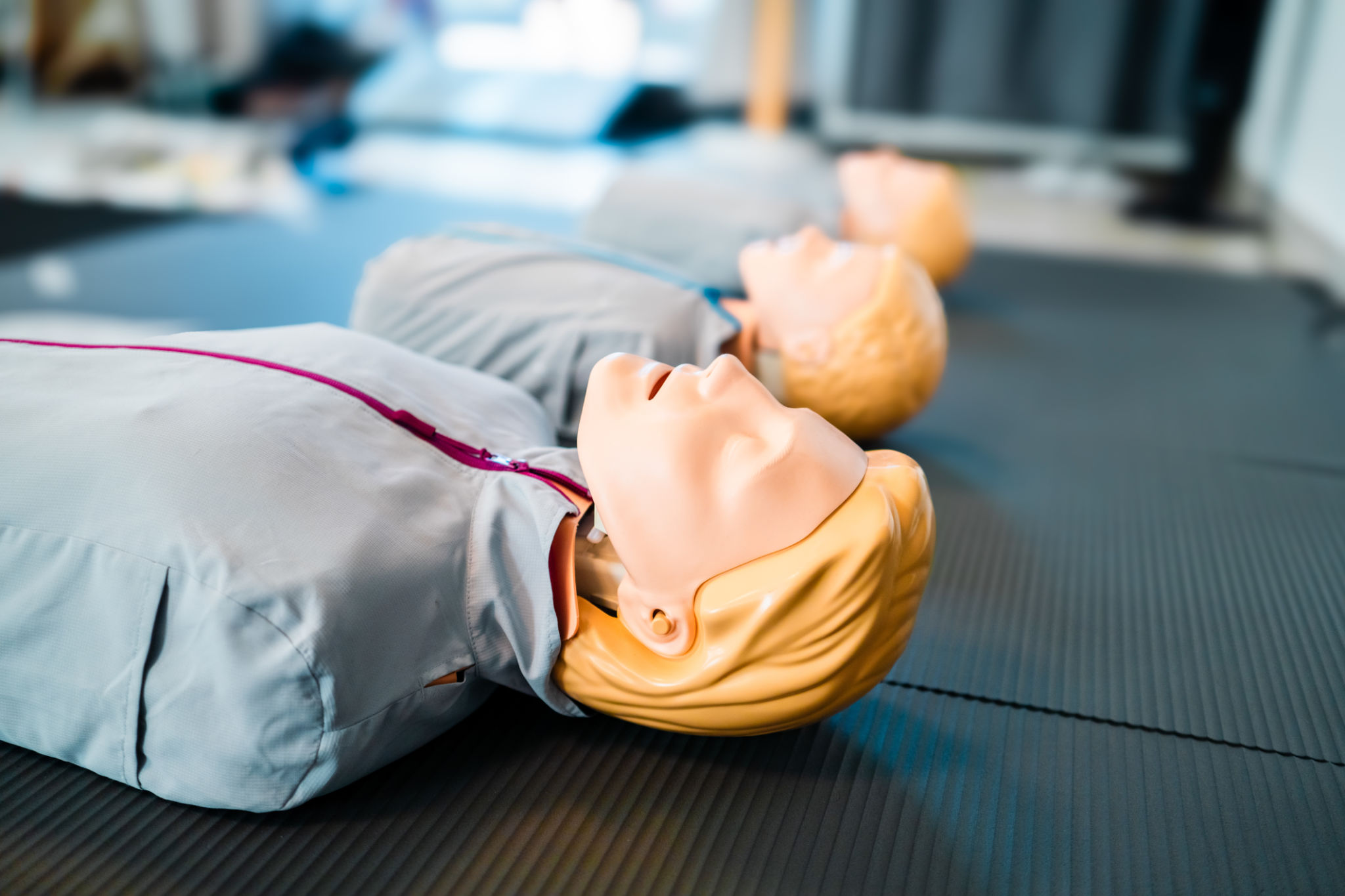Debunking Common CPR Myths: What Really Matters in Emergency Care
Understanding CPR: Separating Fact from Fiction
Cardiopulmonary resuscitation (CPR) is a life-saving technique that everyone should know. However, there are numerous myths surrounding CPR that can lead to confusion or hesitation during an emergency. By debunking these myths, we aim to clarify what really matters when it comes to providing effective emergency care.
One of the most prevalent myths is that CPR is only effective if performed by healthcare professionals. In reality, anyone can perform CPR and potentially save a life. Immediate action, even by a layperson, significantly increases the chances of survival in cardiac arrest cases.

Myth: CPR Always Revives the Victim
A common misconception is that CPR will always bring someone back to consciousness. While CPR is crucial in maintaining blood flow to vital organs, its primary function is to keep the body in a viable state until professional medical help arrives. It's not a guarantee of revival but rather a critical step in the chain of survival.
The success of CPR depends on several factors, including the timing of initiation, the underlying cause of cardiac arrest, and the promptness of advanced medical intervention. It's vital to understand that every second counts and immediate action can make a significant difference.

Myth: Chest Compressions Are Too Difficult for Most People
Many people believe that performing chest compressions correctly is too difficult for the average person, leading to hesitation in providing aid. However, chest compressions are straightforward if you follow some basic guidelines. The key is to push hard and fast in the center of the chest, maintaining a rhythm of about 100 to 120 compressions per minute.
To make the process easier, remember these steps:
- Kneel beside the person needing help.
- Place the heel of one hand on the center of their chest, with your other hand on top.
- Use your body weight to administer compressions.

The Role of Rescue Breaths
Another myth is that rescue breaths are always necessary when performing CPR. Current guidelines suggest that for untrained bystanders or those uncomfortable with mouth-to-mouth, hands-only CPR is sufficient. The focus should be on continuous chest compressions until emergency responders arrive.
Rescue breaths can be beneficial, especially in situations like drowning or respiratory arrest, but they are not always a requirement for effective CPR. For those trained and confident in providing rescue breaths, the recommended ratio is 30 compressions followed by 2 breaths.
Myth: You Can Harm Someone by Performing CPR Incorrectly
Fear of causing harm often prevents people from administering CPR. While it's possible to cause rib fractures or bruising during chest compressions, the potential benefits far outweigh the risks. In a life-or-death situation, acting quickly and decisively is crucial. Remember, the greatest harm comes from doing nothing at all.

Conclusion: Empowering Everyone with Knowledge
By debunking these common myths about CPR, we hope to empower more people to take action during emergencies. Knowledge and confidence are key components in effective emergency response. By understanding what really matters, you can make a significant difference in someone's life when every second counts.
Consider enrolling in a certified CPR course to further enhance your skills and readiness. Being prepared can transform you into an invaluable asset during critical moments, ensuring you're capable of providing essential emergency care when it's needed most.